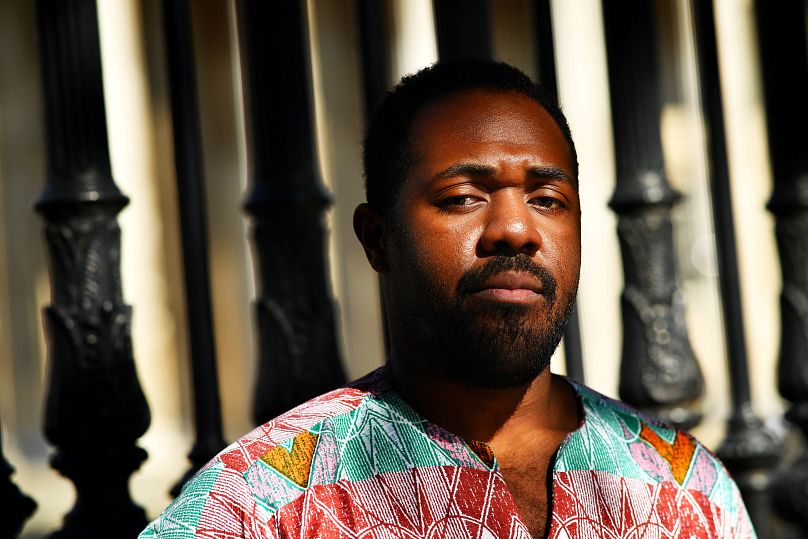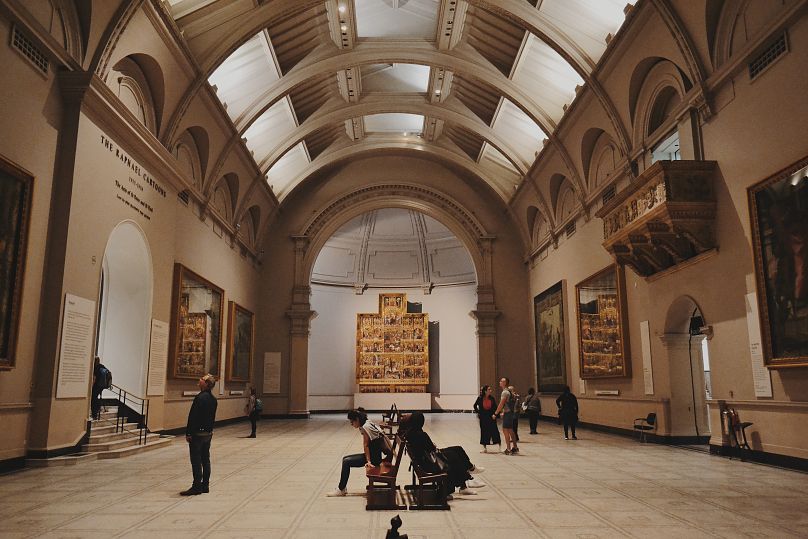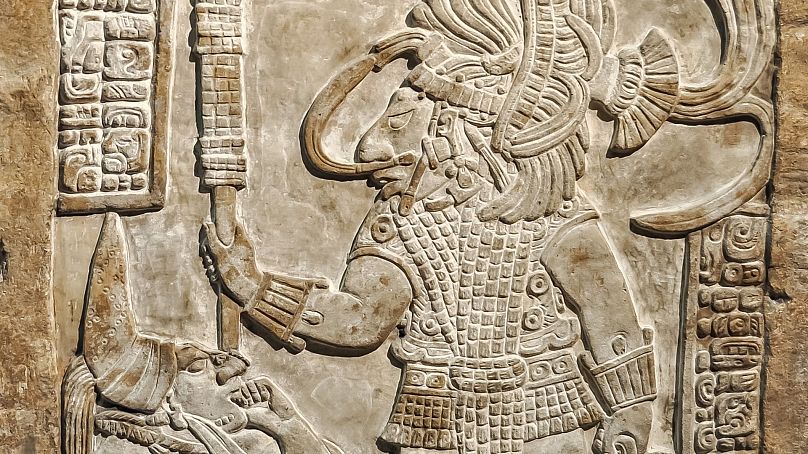The British Museum has a gigantic collection of stolen artefacts from multiple continents. One Nigerian artist set out on an exchange to get theirs back.
A Nigerian artist who gifted his own work to the British Museum with the hopes of receiving looted colonial art back from them has had his offer declined.
The British Museum accepted a bronze plaque made by an artist Osarobo Zeickner-Okoro, from Benin City in Nigeria, who entered negotiations for the museum to return priceless Benin Bronzes that were looted by British troops in 1897.
He offered his creation to encourage the museum to give back the sculptures but also to demand acknowledgement of Benin City's modern-day culture.
The museum told him the exchange for looted artworks was impossible. Its official website acknowledges that it houses over 900 items from the city of Benin, but does not acknowledge how they were sourced.
After meeting with two curators from the museum's Africa department, Zeickner-Okoro explained he was delighted they had accepted his gift, even though they rejected the idea of an exchange.
"It's disappointing but this is the first step," he said.
Where did the Bronzes come from?
Created from brass and bronze in the once mighty Kingdom of Benin from at least the 16th century onwards, the Benin Bronzes are among Africa's most culturally significant artefacts.
European museums that house them have faced years of criticism because of their status as loot and symbols of colonial greed.
The British Museum has made no clear commitment despite demands from the Oba, or king, of Benin.
A founding member of Ahiamwen, a new guild of Benin City bronze casters and artists, Zeickner-Okoro wanted to change the terms of the debate by offering the museum contemporary artworks untainted by any history of looting.
"Part of the crime that's been committed is that Benin has been portrayed as this dead civilisation," he said. "The reparation is not just returning the Bronzes. It's also acknowledging us, that we're a living civilisation."
His six foot by six foot bronze plaque has carvings depicting historical events in Benin City.
Fighting to return stolen artefacts
The discussion of art obtained by unethical means has been a lengthy, heated discussion for art historians over several decades as colonial powers reckon with their pasts.
A leading human rights lawyer called for the museum to return its "pilfered cultural property” in 2019, labelling it the world's largest receiver of stolen goods.
Uncomfortable Art Tours were introduced by Australian art historian Alice A. Procter across London in 2017.
Tourists are invited to view the art of visit London's most popular museums through the lens of power and how the art was obtained. Slavery, the British Empire, and colonialism are among the topics discussed.
The tour covers six museums: the National Gallery, National Portrait Gallery, British Museum, Victoria and Albert Museum, Tate Britain and the Queen’s House (National Maritime Museum).
Other countries are also involved in the discussion - Germany has said it wants to return Benin Bronzes from its museums to Nigeria.
The museum pledges to buy other Nigerian art untainted by colonialism
The artist said the museum had also pledged to purchase other works by Ahiamwen artists, including a life-size ram made from spark plugs by Kelly Omodamwen, some Benin women's heads by Andrew Edjobeguo and works by sculptors Ugodo Matthias and Ikolor Osas.
"It's historic, it's really significant. I think it's definitely going to open the door for the return of the loot," said Zeickner-Okoro.
The British Museum did not respond to a request for comment from Reuters.














